ABOUT US
About us: Our practice is a hybrid of the new type of family practice clinics that many family practice doctors are adopting to stay afloat in these difficult times in the medical community. Basically, by cutting back on overhead costs that don't cut into quality of medicine we are able to practice a type of medicine that both patient's and doctors prefer. This type of medicine allows us to spend more time with our patients to answer their questions and give them the best care possible. By not needing to see 30 patients a day to keep our doors open and lights on, we as doctors are less stressed out and are able to be truly there for our patients. We as providers often answer our own phones, schedule our own appointments and are usually only a phone call or email away from a quick reply. Try getting that kind of service from your traditional family practice office. Our providers have worked in traditional medical family practice for many years before deciding to branch out on their own with this new style of a family practice clinic. Many call this style Direct Primary Care, some call it concierge medicine and they have different fees and requirements. Some take insurance but charge a membership fee of 50 dollars a month. This allows the doctors to give this personalized care. Some do not take insurance at all and accept cash only. We are on track to be taking insurance (we currently just take medicare) as well as most likely charging a membership fee of $50 per month as we get bigger. Most all DPC or concierge clinics eventually cap off at a certain number of patients per provider so their practices do not get too large to handle. As a member you would get same day office visits, quick responses to questions, and same day free telemedicine visits.
If you would like to learn more about us and our style of practicing medicine with DPC/Concierge medicine check out the following links to videos:
https://www.youtube.com/watch?v=P5qr0mTkbuU
https://www.youtube.com/watch?v=XAZlJiTnVuw
https://www.youtube.com/watch?v=pXI4V2yLY3o&t=3s
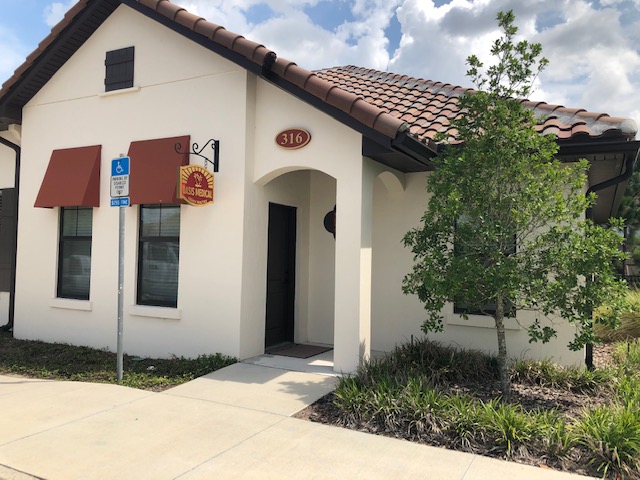 |
OASIS MEDICAL 316 Paseo Reyes Drive St Augustine, FL 32095 (904) 342-0219 office (904) 562-3420 fax (734) 904-2496 mobile maryray.oasismedical@gmail.com accepting medicare, cash and credit Accepting new patients |
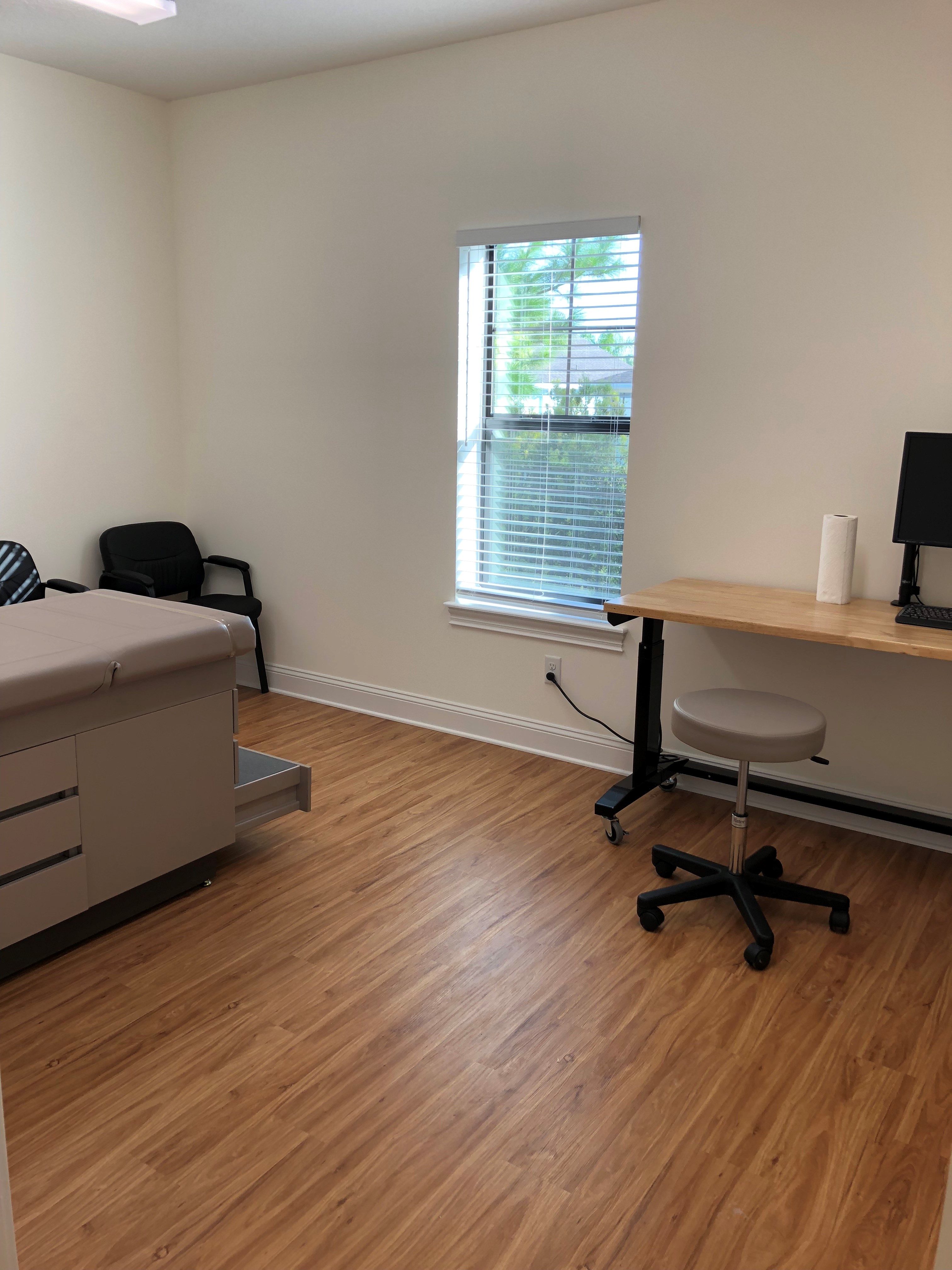
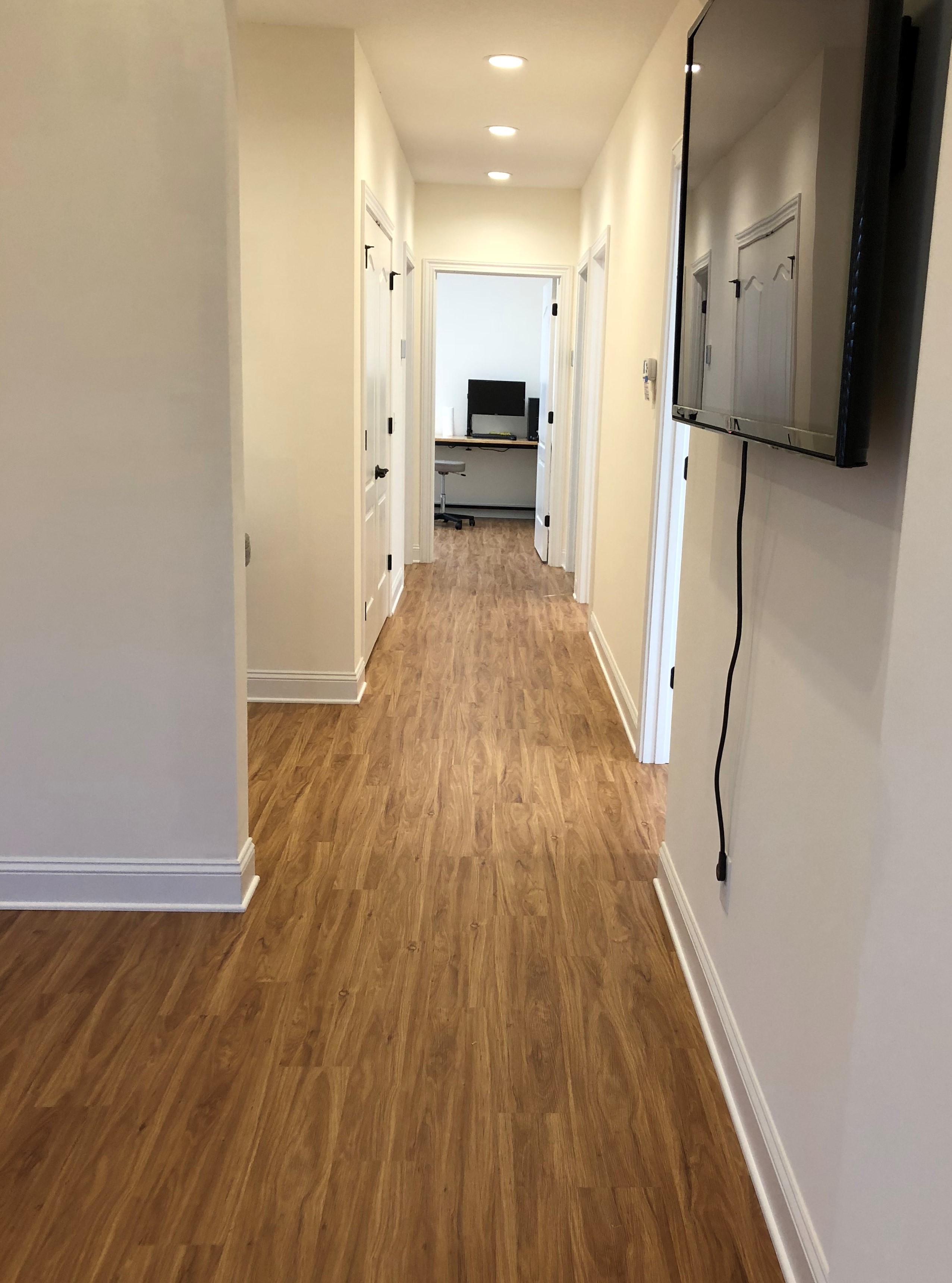
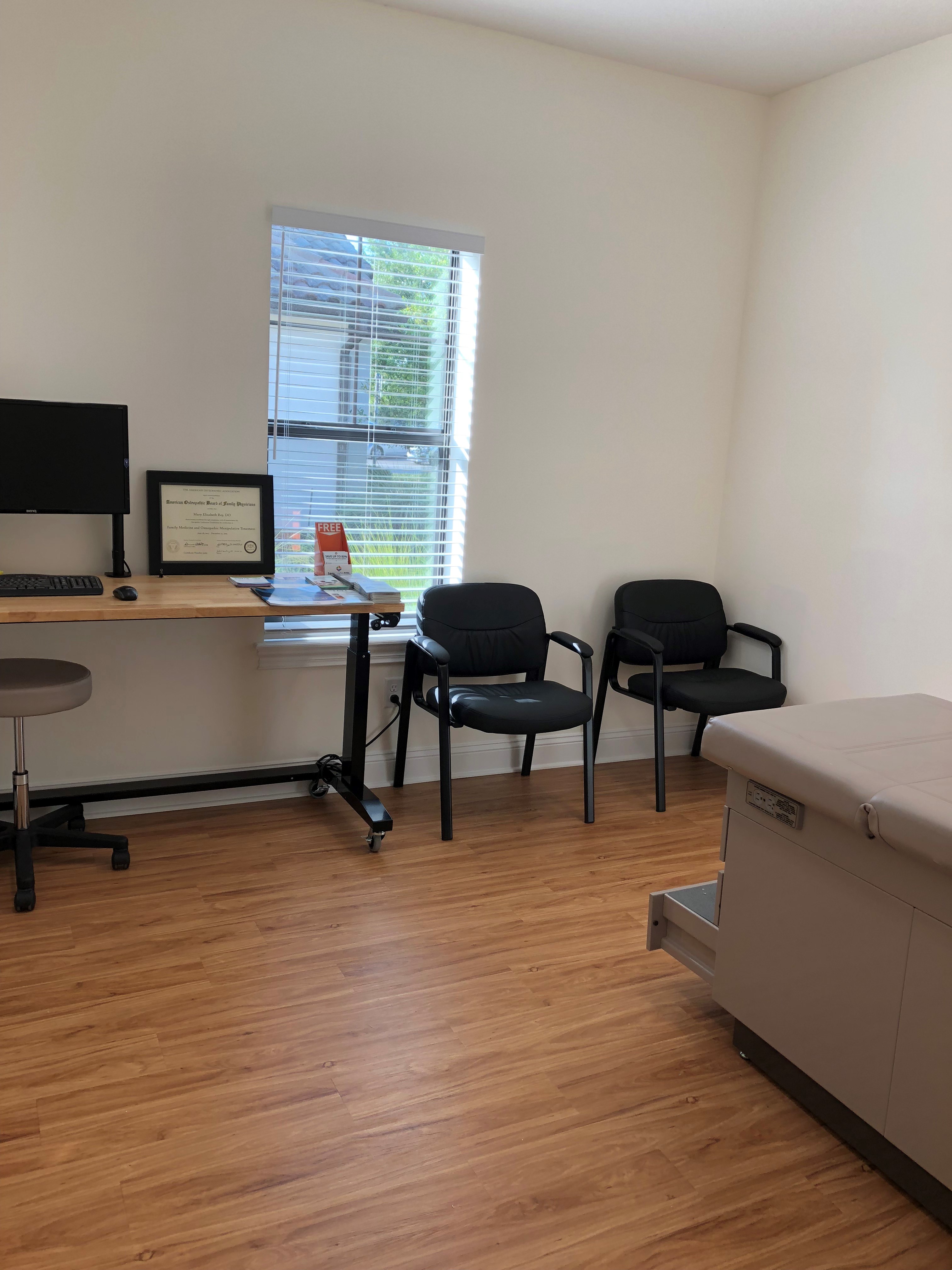
ABOUT US: THE DOCTORDR MARY RAY DO, PC Dr. Short-Ray's story was recently featured on the front page of the Detroit newspaper, The Oakland Press, on January 2, 2008. PUBLISHED: Wednesday, January 2, 2008 Physician chronicles black mold experience By LAURIE PUSCAS Special to The Oakland Press Dr. Mary Beth Short-Ray seemed to have a picture-perfect life. She was married to a great husband, had a 10-month-old baby boy named Sam, lived in a nice home on a lake and had a comfortable job as a physician. But in the late fall of 2005, her life seemed to fall apart. While raking leaves, she unexpectedly had the onset of strange physical symptoms. She suddenly became lightheaded and felt like she might pass out. Her heart was racing, her legs felt weak and she was overcome with a feeling of dread. Her husband thought she was having a panic attack. Unfortunately, these symptoms were just the beginning. She felt flu-like, maintained a lowgrade fever, experienced headaches, stomach aches, dizziness, imbalance, fatigue, burning pains in her thighs and a sharp, shooting prickly pain all over. It wouldn't be until almost a year later, with the help of a colleague, that she would discover the basis for her debilitating symptoms - toxic black mold. The year of sickness was terrifying. Something was incredibly wrong and there seemed to be no apparent reason - other than perhaps she was losing her mind, she said. She had tests performed, but the results were nonspecific. "I was so scared," said Short-Ray, who has an office in Royal Oak. "I had thoughts of brain tumors or multiple sclerosis racing through my head. "The most frustrating part was no one believed me. They thought I had lost it," she said. "My family thought it was post-partum depression." That didn't make sense. Sam was already 10 months old and she couldn't find any research with evidence of post-partum depression setting in so late, she added. She saw two neurologists. "One neurologist implied that I was crazy and the other one handed me a prescription for Zoloft, an antidepressant," Short-Ray said. As a physician, she did as much research as possible, trying to find a diagnosis that made sense. She considered Lyme disease, chronic fatigue, endometriosis, fibromyalgia, intestinal candidiasis and mitral valve prolapse, along with many other possibilities. Based on the symptoms, "I was frantically jumping from one diet, supplement program and diagnosis to another," she said. "I really don't blame my husband for thinking I had gone mad." It wasn't until her physician friend, Dr. Lynn Beals-Becker, called and said she was reading a book that listed all the strange symptoms she was having. It was called "Mold Warriors," by Dr. Ritchie Shoemaker. "That spurred me to test my house," said Short-Ray. In 48 hours, she learned her house had 5,500 spores per cubic meter of aspergillus species of toxic black mold. She had the mold removed, but started having symptoms again upon returning to work. The office where she worked had relocated to a newer, recently renovated building two weeks prior to her leaf raking incident and the onset of her initial symptoms, so she decided to have her examination room where she spent most of her time at worked tested, as well. The results were staggering. They showed high levels of stachybotrys in the air. "The levels shot up to 9,000 spores per cubic meter with the HVAC (heating ventilation and air conditioning) system on," she said. "Stachybotrys is the most toxic of all the toxic molds." She learned that both residential and commercial buildings can have toxic black mold. "It isn't only old buildings," Short-Ray said. "In fact, some of the newer construction can be the worst." She explained that mold growth is often due to sloppy construction practices. "New construction may use green wood that has moisture in it. Siding may be slapped up over wood that had been rained on and not allowed to dry. Insulation left out in the rain may be put into walls before being allowed to dry. Leaky roofs and bad plumbing can cause water intrusion. All these mistakes spell out disaster for new homeowners." Short-Ray left her job and concentrated on detoxifying her body of the mold spores. Shoemaker's research revealed it is the biotoxins on the mold spores that get into the body and cause the many symptoms, she said. She said some people are more able to rid their bodies of the toxins more easily than others. For instance, other people at her place of work were having mild symptoms, but none as severe as she experienced. She explained that black mold is a serious condition that can debilitate or even kill, referring to the recent episode of "Extreme Home Makeover" that featured the death of a firefighter from toxic black mold after he made renovations to his basement. "It is a misconception that black mold is just an allergy. It is a toxin and a poisoning of the body," she said. Short-Ray says it took about eight to nine months for her symptoms to dissipate. She considers herself about 90 percent recovered, is again working as a family physician and now specializes in nutrition and the detoxification of black mold. She has written a book, "Surviving Toxic Black Mold Syndrome." In the book, she shares her experiences and lists symptoms as well as companies that test for mold and treatments for detoxifying the body. |
About us: Dr Mary Short-Ray, D.O. Dr. Mary Short-Ray graduated from her hometown university, State University of New York at Buffalo in 1985 with a Bachelor of Science degree in biochemical pharmacology. She then completed her Master of Science degree in nutrition in 1988 at the same university. Her thesis work was published in 1990 in the journal, Lipids. Dr. Short attended Kirksville College of Osteopathic Medicine in Kirksville, Missouri from 1988 to 1992 upon which she received her Doctorate of Osteopathy. Following this, she completed one year of internship and two years of Family Practice Residency at Mount Clemens General Hospital in Mount Clemens, Michigan. She then worked fulltime at the Farmington Medical Center in Farmington Hills, Michigan from 1995 to 1998. At the Farmington Medical Center, she practiced family medicine. In 1998 she became board certified in Family Practice. In 1998, Dr. Short left Farmington Medical Center to open her own practice in Ann Arbor, MI. She returned part time at the Farmington Medical Center in 2002 while still running her Ann Arbor practice. In November 2005, Dr. Short became ill from exposure to high levels of toxic black mold in the office she was working in and eventually had to leave her practice in September of 2006. She recovered a year and a half later. She remains healthy as long as she avoids mold. She is the author of “Surviving Toxic Black Mold Syndrome”. |
 |
THE ADVICE PROVIDED ON THIS WEBSITE IS INTENDED TO BE USED UNDER THE SUPERVISION OF YOUR PHYSICIAN OR HEALTH CARE PROVIDER.
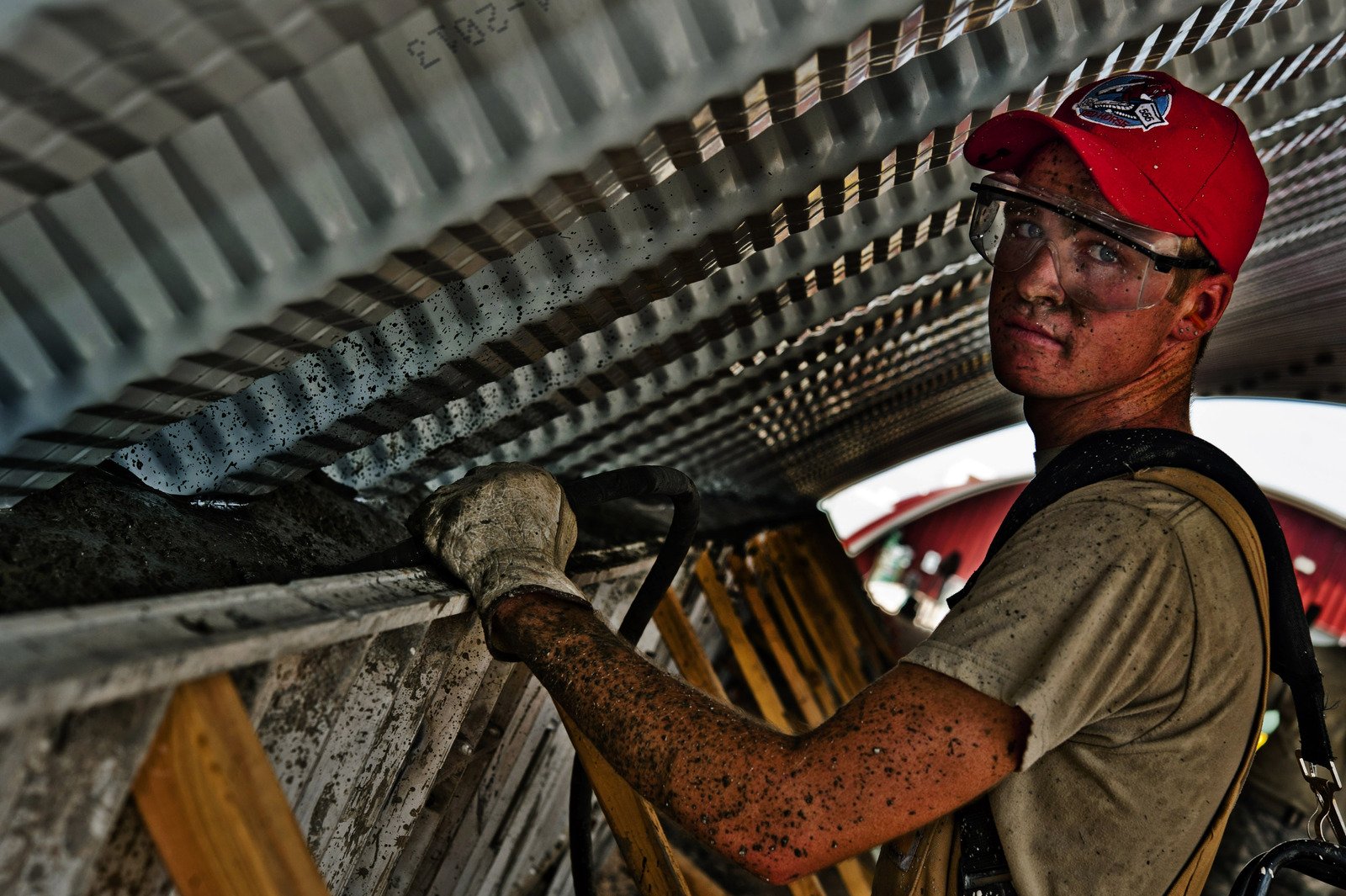
FOR A FREE CONSULTATION ON MOLD REMEDIATION OR REMOVAL IN YOUR AREA (For FL, CA, NY, NJ, MD, VA, and DC) CALL
1-888-808-6405
